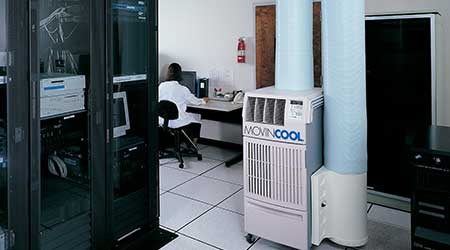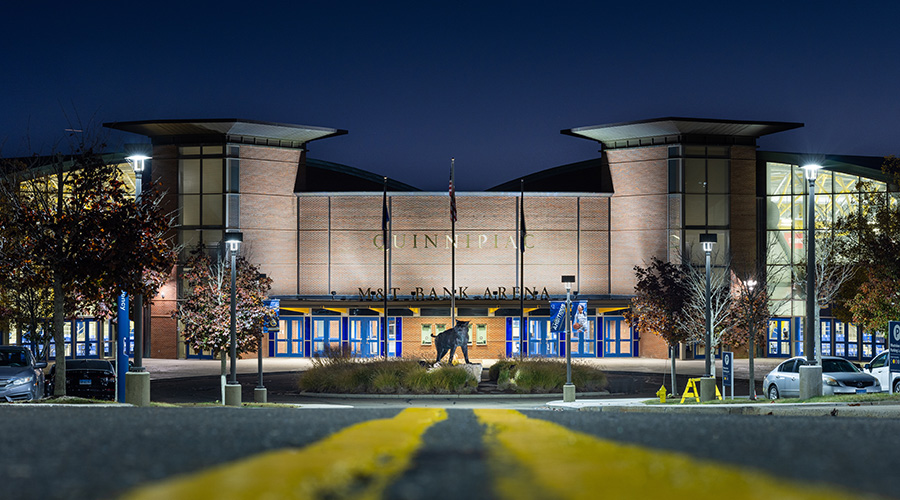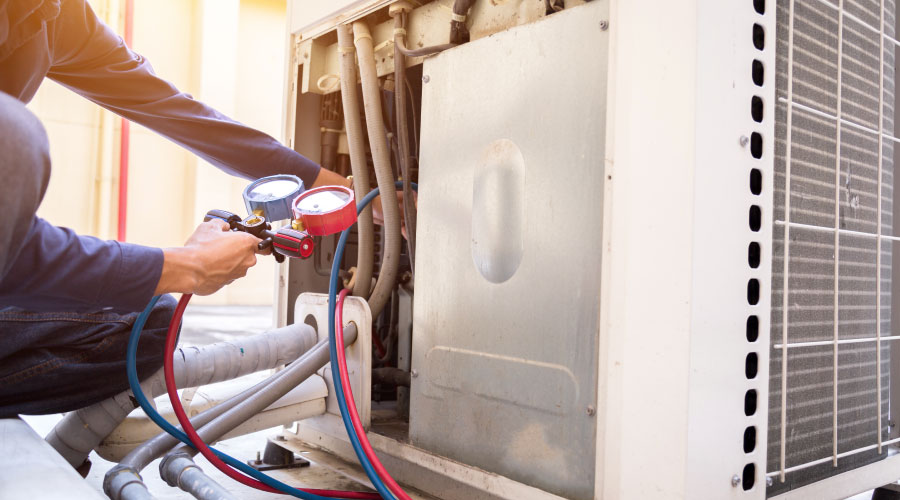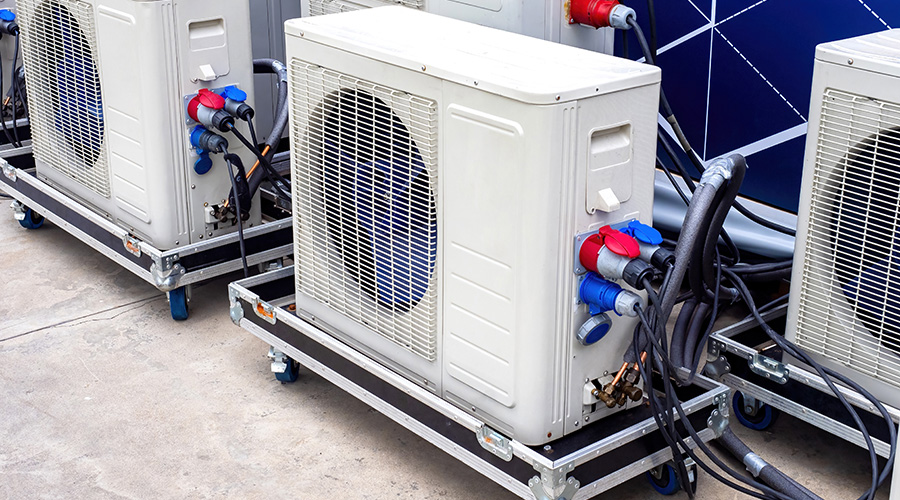 New-generation portable cooling units offer lower noise levels, given the range of applications of the equipment throughout facilities.
New-generation portable cooling units offer lower noise levels, given the range of applications of the equipment throughout facilities.How to Specify Portable Cooling for Facility Needs
Managers who understand facility needs can better specify the proper portable cooling unit.
The process of selecting portable cooling units does not start with checking out the features and functions of the latest products. Managers first must assess several important issues related to the space and the facility in question. The first is the available power supply.
“What kind of power do they have available?” Bombino asks. “For instance, you have the typical outlet that runs on 110 volts (V). Some (portable cooling) units can run on that. The most common units are 1-ton or 1.5 ton units, which is 12,000-18,000 Btus. Those are nice because they’re plug and play. But they’re only putting out 1 or 1.5 tons of cooling. But if you need more cooling, you’re going to need to go with a larger units, and that requires an electrician to install the unit.
“You need to know the kind of power is available at the location. Do you have 208 volts or 230 volts or something bigger, like 460 or 480 volts? Is it single-phase? Is it three-phase? Power is always a very important consideration.”
Managers also need to understand the specific cooling needs of the space.
“Before they call, they should have a good idea of how many tons have failed or how many tons they’re going to need, and the square footage of the area and a description of the area,” Brainard says. “In computer server rooms, they hold a lot of equipment that generates heat. That all will help us to determine the total tonnage load because if it’s a 30- by 30-foot room, it might take a 5 tons to cool it.
“But if you have all that equipment in there generating heat, it’s a direct proportion of the watts produced based on the rating of the unit to the cooling tonnage. You might need 10-15 more tons just because of the extra heat generated. Knowing the equipment and what’s going on in the space and how much heat is being generated really helps you get an accurate calculation for the tonnage you’re going to need.”
The cooling issue needs to go beyond heat generated by equipment and assess the human contribution
“Maybe you want to provide cooling for some event,” Bombino says. “Humans are always generating some sort of heat. Let’s say the space is 5,000 square feet and you want a temperature of 70-72 degrees, you can calculate that in that space you need 12-15 tons of cooling, depending on the outside temperature.
“But if you’re going to have 100 people in that space, you just added 100 mini-heaters, and if that event is a dance, that heat load is going to increase even more. You have to factor in how many people are going to be there, how much heat are they going to give off. So instead of 15 tons of cooling, maybe you’re going to need 20 tons of cooling.
The process of cooling a space involves removing hot air, and that air needs to go someplace else. In preparing to research equipment options, managers need to assess the options in the space to be cooled for removing that hot air.
“Air-cooled units pull in the air from the environment and cool that air,” Bombino says. “In the process of cooling that air, a byproduct is heat, which needs to be dispersed. So with an air-cooled unit, you have some sort of hot-air exhaust. So you have to remove that hot air from the space you’re trying to cool.”
Says Brainard, “That place can be out a window or down a hallway with fans blowing it away from the space so the other part of the building can pick it up and take it away.”
Finally, managers need to understand options for handling condensate.
“As far as condensate, a lot of AC units come with tanks, and if you’re running them over the weekend, you need someone there to empty those tanks,” Brainard says. “Or you can talk to the vendor about a condensate pump kit, where you run a drain hose into a sink. The condensate pump is automatic. It just takes over as long as there’s power. But you need to know where those areas are in relation to the space you’re trying to cool.”
Related Topics:














